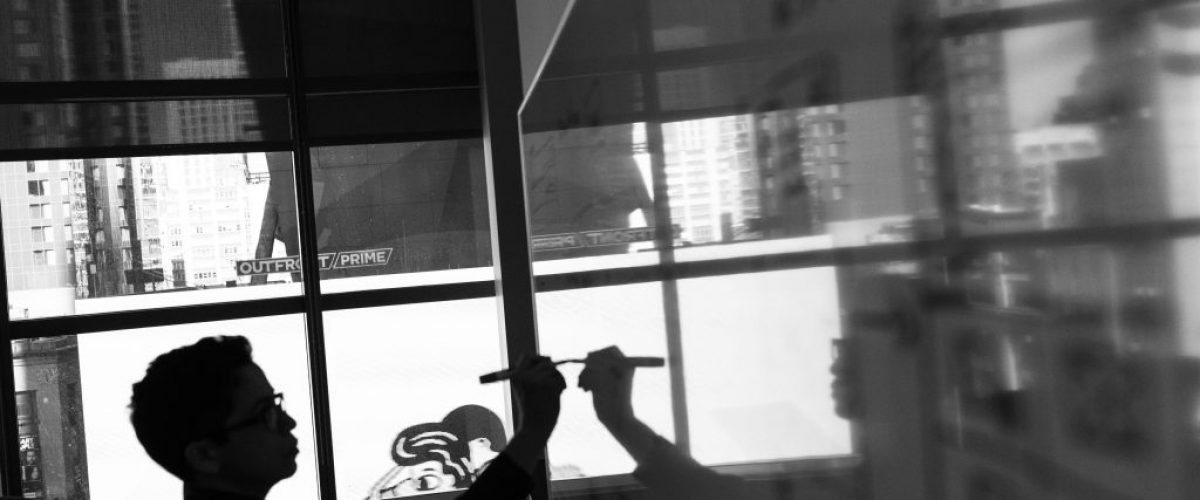Have you designed your organisation to foster purposeful engagement amongst all functional teams in the early stage of asset development?
How do you get your Merger and Acquisition (M&A) and Origination and Execution (O&E) teams to engage with Asset Management at an early stage of a transaction or construction of a renewable project?
And why is this important?
Suppose you don’t engage the part of your organisation that will manage your wind and solar assets at an early stage. With this, you are risking losing a lot of practical and tacit value during M&A activity, new development, and the construction of projects.
How much is difficult to say. It depends very much on how your company operates.
And it is not just equity and yield that is at stake, but it is also the latent and snowballing risks arising from a project.
If you are a Project Developer or an Investor new to the renewable sector, aiming to get the most out of your renewable assets – consider watching our Thinking Manager webinar recording. In this webinar, we explored the impacts of organisational culture and design on asset performance and questioned whether business models and processes of the past are fit for the future.
The mentality of ownership and stewardship within the organisation is a key ingredient for the long-term value creation in business.
Jimmy Hansson, Global COO
Why engaging teams early improves asset performance
We have worked with over 2500 delegates on our wind and solar programmes and advised those who develop, build, own and operate renewable assets. Our clients engage us to identify and realise untapped value throughout the asset lifecycle. A common theme is the need to engage the asset management team as early as possible in the project development phase.
The main reason is to ensure that your newly acquired or developed asset is embedded smoothly into your portfolio. And doesn’t drop in performance due to unforeseen events.
Crucially for joint ventures, early involvement of the asset management team will provide clarity about which shareholder’s governance process will control asset and regulatory risks.
Controlling critical asset risks is a frequent problem for investment companies and new market entrants that, in our experience, directly affects availability, integrity, insurability and safety.
So, early-stage familiarisation is a crucial point.
But what is probably creating more value is that you will make correct assumptions. And this will result in a reasonable bid.
The teams that manage assets daily will be able to spot deviations or patterns in the numbers quickly. And will recognise risks if they participate in due diligence activities.
They will be able to identify, quantify and understand risks associated with an asset. They will also be helping the M&A team to articulate this risk so that it’s possible to negotiate mitigation or a lower price.
The buyer will bear the cost of mitigating risks identified after the transaction. Inheriting unknown risks can have consequences on the long-term performance of the asset. It could also potentially mean regulatory non-compliance. Or even worse, put people to risk at the site.
Strategies to avoid asset risks
What strategies should you adopt to avoid these potential risks?
Invest in your organisation by deploying appropriate training so that decision-makers are aware of how to:
- recognise the risks and opportunities arising from commercial, contractual and technical decisions they make
- identify all types of project risk
- measure risk
- mitigate risk
- manage risk over time
Secondly, encourage and ensure good collaboration between functional teams to capture experience and lessons learnt. Disseminate lessons learnt effectively and motivate team members to proactively utilise them in risk identification and management within your portfolio.
Being proactive also means establishing clear lines of responsibility with contractors and subcontractors involved in servicing and maintaining your assets.
Don’t forget to keep an updated risk register to hand at the same time!
Finally, focus on ensuring that teams work together purposefully. Teams must update assumptions regularly.
This collective knowledge and experience will bring a complete and well-informed picture to the table. It is the cornerstone to enabling collaborative and informed decision-making across functions and organisations.
But it is essential to recognise that knowledge management can be both an opportunity and a risk in itself. Not retaining this tacit knowledge within your business through a structured process in the face of staff churn is a lost investment.
There is a strong chance that integration supported by robust knowledge management and dissemination will create long-term value for the company. It encourages teams to adopt an ownership mentality from the outset and establishes process stewardship within and across the organisation.
Join the conversation
On 24 May 2022, renewable energy professionals discussed how organisational culture and design impact asset performance.
You can watch the webinar recording to learn about the organisational challenges renewable businesses face when acquiring or developing new projects and how they overcome them. Register today to get unlimited access.

Organisational design and culture of M&A and Asset Management teams. © 2022 by Rakesh Maharaj – ARMSA Academy is licensed under Attribution-NonCommercial-NoDerivatives 4.0 International





